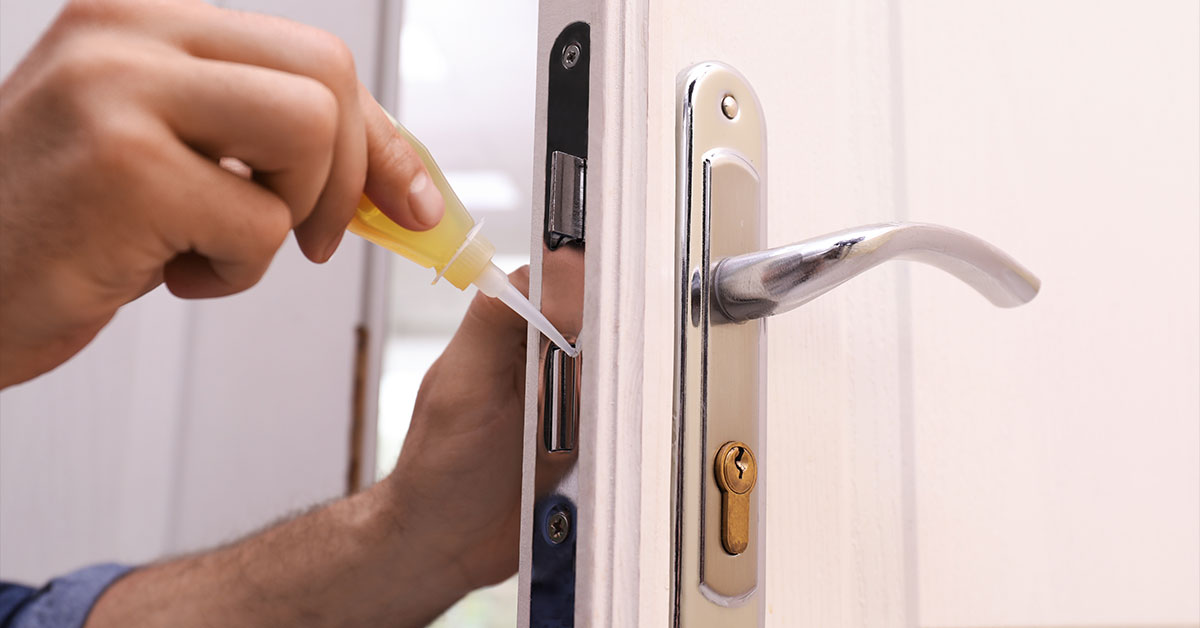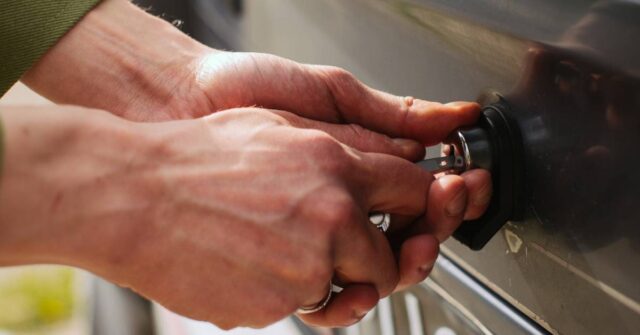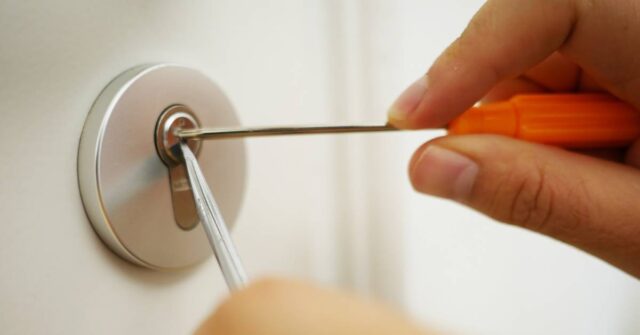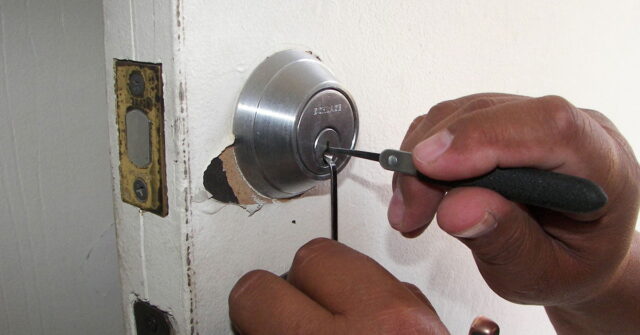Lock maintenance is a crucial yet often overlooked aspect of home security.
In this comprehensive guide, we’ll explore DIY tips and techniques to ensure that the locks on your Australian homestay are in top condition.
Follow along to protect your household against intrusions and the harsh Australian climate.
Introduction to Lock Maintenance
Maintaining your locks is not just about security; it’s also about prolonging the life of your hardware and ensuring smooth operation.
The varying Australian climate can wreak havoc on metal components, making maintenance an essential routine for homeowners.
The Importance of Regular Lock Upkeep
Regular lock maintenance prevents common problems such as sticking, jamming, and rusting, which are prevalent in Australian homes. A well-maintained lock is more durable and provides better security.
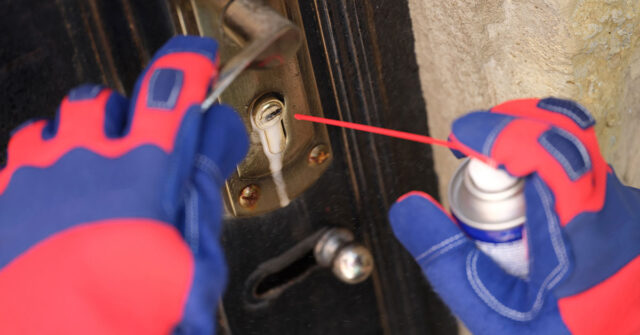
Understanding the Australian Climate Impact on Locks
The Australian climate varies from the wet tropics to arid deserts, and coastal salt sprays to urban pollution.
Each of these environments can affect the performance and lifespan of your locks in different ways.
Getting Started with DIY Lock Maintenance
DIY lock maintenance starts with understanding your locks and gathering the right tools. With some basic knowledge and a proactive approach, you can keep your locks functioning smoothly for years.
Gathering Your Maintenance Kit
Assemble a basic kit that includes lubricants, a soft cloth, mild detergent, a soft brush, and a set of screwdrivers. Choosing quality products will ensure the best care for your locks.
Identifying Common Types of Locks in Australian Homes
Australian homes typically feature a range of locks, including deadbolts, knob locks, and window locks. Identifying the types you have is the first step to targeted maintenance.
Basic Lock Maintenance Techniques
Basic maintenance involves regular cleaning, lubrication, and inspection. These simple steps can prevent most lock problems and extend their functional life.
Cleaning Your Locks: Step-by-Step Guide
Begin by cleaning the outside of your locks. If they are not too bad, a simple wipe with a clean cloth will be sufficient.
Otherwise, use a mild detergent solution with a soft brush or sponge to remove dirt and grime. Dry thoroughly with a soft cloth to prevent rust and corrosion.
Lubrication: Choosing the Right Products
Use a dry lubricant such as graphite or a silicone-based lubricant for your locks. Spray lubricants are easy to apply but use them sparingly to avoid attracting more dirt.
Do not use oil-based lubricants such as WD-40 as these can attract dirt. Also, be mindful of not using too much of the suggested lubricants above as this too can also create issues.
Inspecting Lock Mechanisms for Wear and Tear
Regularly inspect your locks for signs of wear, such as loose components or difficulty in turning the key. Early detection of issues can prevent lockouts.
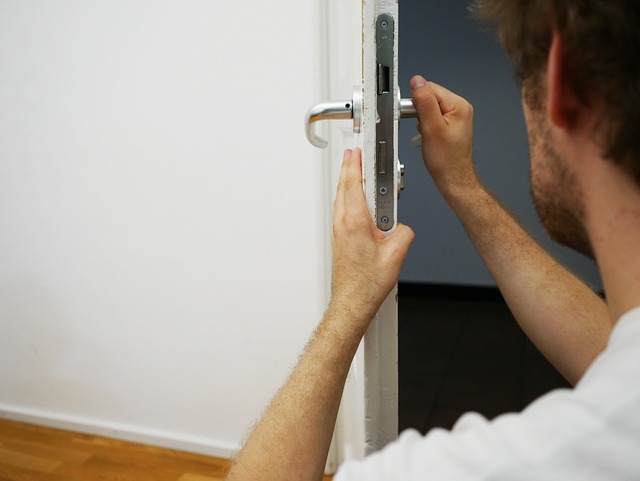
Advanced Lock Maintenance Strategies
For those wanting to go a step further, advanced maintenance techniques can address specific problems and enhance the security features of your locks.
Dealing with Rust and Corrosion
For rust and corrosion, a commercial rust remover can be used. Apply it according to the manufacturer’s instructions and finish off with a protective coating to prevent future corrosion.
Adjusting Lock Tension
Locks with adjustable tension can be tightened or loosened as needed. This is especially important for screen doors which may be affected by changes in weather.
If you are not skilled with this, requesting assistance from an experienced locksmith is best.
Updating Lock Security Features
Consider updating your locks with modern security features such as bump-proof locks or electronic locks to enhance security against modern threats.
Dealing with Common Australian Lock Issues
Australia’s unique environment can present specific challenges to maintaining locks. Here’s how to handle some of the most common issues.
Overcoming Salt and Moisture Challenges
In coastal areas, salt can lead to rapid corrosion. Regular cleaning and lubrication with a protective layer can help mitigate these effects.
Preventive Measures for Lock Binding
Lock binding is often caused by dirt or misalignment. Regular cleaning and realignment can prevent this issue from becoming a bigger problem.
DIY Solutions for Stuck or Jammed Locks
If your key is stuck or your lock is jammed, apply a penetrating lubricant and gently wiggle the key until it comes loose. Never force the key as it may break.
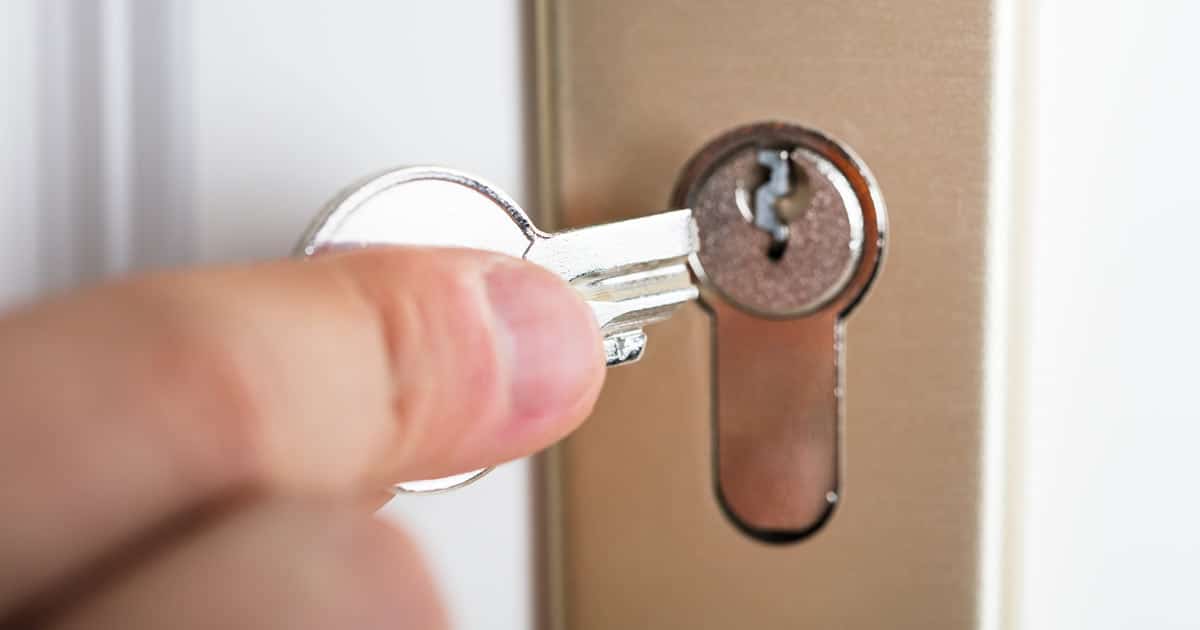
Smart Locks: The Future of Home Security
As technology advances, so does home security. Smart locks offer convenience and improved security but require different maintenance approaches.
Introduction to Smart Lock Technology
Smart locks can be managed via smartphones and offer features like remote access and entry logs. They are becoming increasingly popular in Australian homes.
Maintenance Tips for Digital Locks
Maintain your smart locks by regularly updating the software, checking the battery levels, and cleaning the touchpads and sensors with a soft, dry cloth.
Seasonal Lock Maintenance Tips
The changing seasons bring different maintenance needs for your locks. Here are tips to ensure they function well year-round.
Summer Care for Locks: Battling the Heat and Dust
In the heat and dust of Australian summers, it’s important to keep locks clean and well-lubricated to prevent the fine particles from causing damage.
Winter Lock Maintenance: Keeping Moisture at Bay
In colder months, moisture can lead to freezing and sticking. Use moisture-displacing products to keep your locks dry and functional.
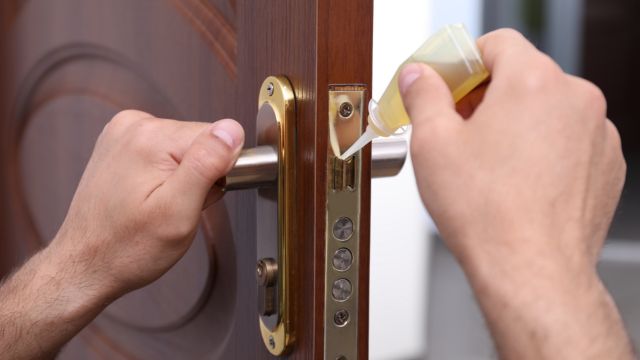
When to Call a Professional: Recognizing Beyond-DIY Issues
While many maintenance tasks can be done yourself, there are times when a professional locksmith is necessary.
Signs That Your Lock Needs a Professional’s Touch
If you encounter complex issues like a broken key in the lock, a failed smart lock mechanism, or a compromised lock after a break-in, it’s time to call a professional.
Choosing a Reputable Locksmith in Australia
Look for licensed and insured locksmiths with good reviews. They can provide the expertise needed for more serious lock issues.
Conclusion: Maintaining Lock Integrity for Home Safety
Maintaining the integrity of your locks is integral to home safety. Regular DIY maintenance, along with knowing when to call in professionals, will keep your locks functioning optimally in any Australian climate.
Summary of DIY Tips
Regular cleaning, proper lubrication, and timely inspections are key to DIY lock maintenance. Remember to adapt your approach to the unique Australian climate and to upgrade your security as needed.
Encouraging Regular Maintenance Schedules
Establishing a regular maintenance schedule can extend the life of your locks and enhance your home’s security. Set reminders to inspect and maintain your locks at least twice a year for best results.

